Food Packaging Tricks That Fool Us

These days, we need to be amateur detectives in order to figure out the truth behind products and whether they are good for us. Recently my mom told me she found an amazing bread company at a farmers’ market. I asked a few simple questions: Was it gluten-free? (Both her and my dad are meant to be avoiding it.) Was it organic? What kind of oil was in it? What other ingredients? Was it wrapped in brown paper with an artisanal-looking label and tied with rustic twine? My mom, laughing, said, “It was! It looked so nice.” Food packaging tricks fooled her!
After listening to me for 12 years, my mom rarely gets fooled by the label anymore – but the packaging did her in! And she’s not alone. We’re all being fooled by the packaging these days.
As you know, I encourage us all to take an active role in deciding what we purchase by honing our BS detectors and educating ourselves before we make purchases. Unfortunately, as we’ve become smarter, so have the companies trying to grab our moolah and belly space; evolving their food packaging tricks to convince us that their products are healthy and worthy of the higher price tag.
I am also not immune to being fooled by the label, and I consider myself to be a sharp and experienced shopper. I’ve written extensively about the label claims companies use to lure us, like “gluten-free”, “vegan” or “100% natural”, and we devoted an entire episode of the Today Is The Day podcast to this as well. But beyond the words lie even more tricks – ones that are visual – that play on our emotions and attempt to influence our buying decisions.
Back when I studied fashion marketing, I took a course on packaging design. I was fascinated by the process. Nowadays, since the advent of one of the most bizarre social video trends I’ve ever seen, unboxing, the stakes are even higher when it comes to the packaging.
For the sake of this post, I am putting my abhorrence for wasteful, garbage-making excess packaging into a little box that we’ll be revisiting in an upcoming post next month. Today we’re all about looks.
The Food Packaging Trickery Test
Before you read any further, please have a look at the below four bottles of sesame oil. Take out a piece of paper or use your phone and play along!
Based on packaging alone, make your pick for the following and mark down your answers:
- Best quality?
- Most economical (cheapest)?
- Which would you be inclined to purchase?
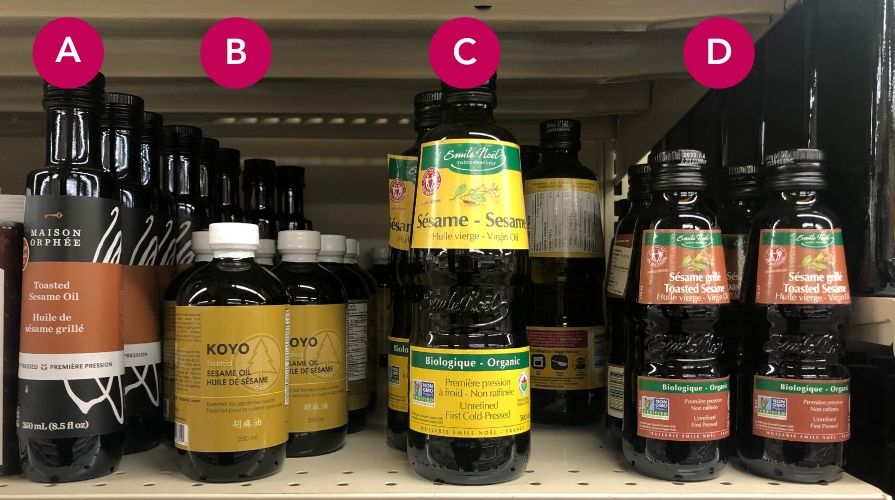
Answers revealed below.
How to Recognize Food Packaging Tricks
Packaging Colours
Companies employ ‘colour psychology’ to prompt an emotional response and convince us to buy their products. The colours marketers choose for their packaging have a big influence on our perception of the health benefits of the product. For example, earth tones like greens and browns are more likely to convince us that a product is healthy, eco-friendly, wholesome and natural. Beyond Meat, for example, used every single trick in the book packaging their processed pea protein patties.
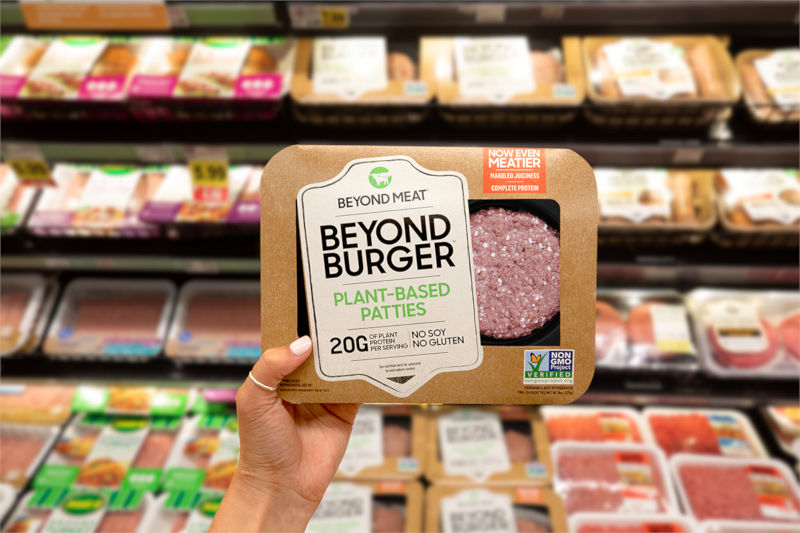
Get this, we even think candy bars with green labels are more healthful than red ones (this a link to an actual study testing this!), even when the information on the nutrition label and the calorie counts are exactly the same!
Colour saturation matters too. We view soft, muted colours as healthier than bright and vivid ones. The subdued colours seem more natural, as opposed to bright ones that make us think of artificial colours and artificial flavours.
Want to take a test? Okay, which of these granola bars do you think is the healthiest option?
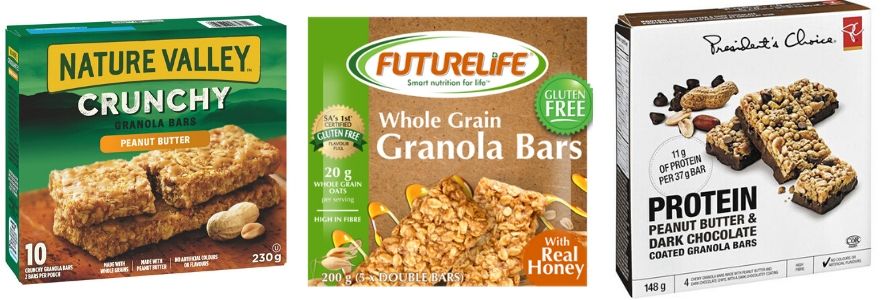
What did you guess? How confident are you?
The answer is none of them. They’re all garbage but something about the packaging on the one you chose, spoke to you and made you think it was the healthier option.
Photography/Images
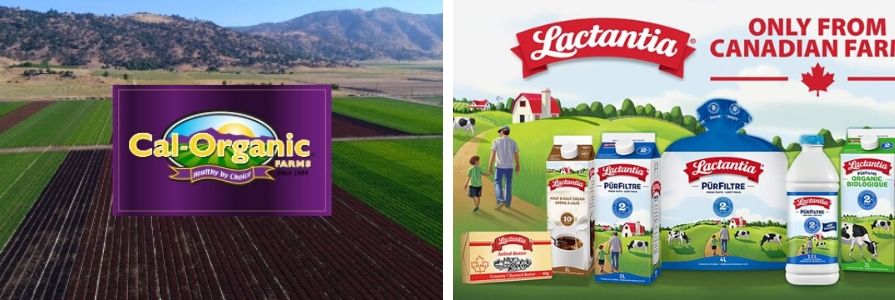
Beautiful meadows, water, trees, flowers, grass, animals, farms and other pastoral images try to persuade us that the food is coming directly from the source, with minimal processing or adulteration. In most cases, the actual mechanisms that transform the food from farm to package are anything but natural. Often those foods never even came from a farm in the first place and were constructed in a lab.
In the case of Cal-Organics, one of the largest distributors of organic food in North America, the food comes from hundreds of farms across the US and has become part of the big food mess that has triggered global food recalls. I wrote more about that here.
Packaging Size
We perceive food that comes in tall, slim packages as healthier and lower in calories than short and wide packages – even if the amount of food in those packages is exactly the same.
Tall, slim food packages can often give the perception of being fancier and may also carry a price tag that could support that misconception. The best thing to do when comparing two products is forget the size of the package and just look at the volume measure on the bottle. Olive oil is a prime example of this. 750 ml can look different depending on the bottle. Check the size, the ingredient and the real certifications to help you decide what the best option is.
Paper Packaging
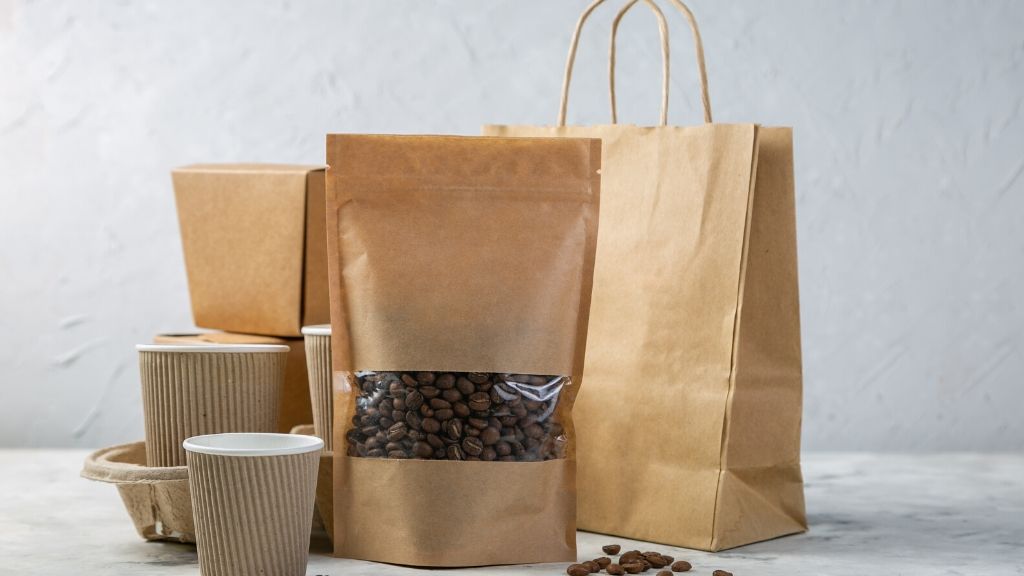
Brown paper packaging and cardboard has a rustic look and feel, which makes us think the product is better for us. In one poll, Americans said they preferred paper or cardboard packaging because it seemed safer and more trustworthy from a food safety perspective, plus they liked that paper is recyclable. While I’m all for ditching plastic for better alternatives, paper doesn’t automatically equal a healthful product!
Your best defence against being fooled by the label is reading the ingredients on the package. The ingredient list will tell you everything you need to know. Not all products that use the food packaging tricks I’ve mentioned are detrimental to your health, but you won’t know until you actually read the ingredient label – this should always be your first stop!
The Packaging Test: Truth Revealed
After reading the above, would your answer to the three questions about the sesame oil change?
I took the price and divided it by millilitre in the bottle to get the cost per millilitre.
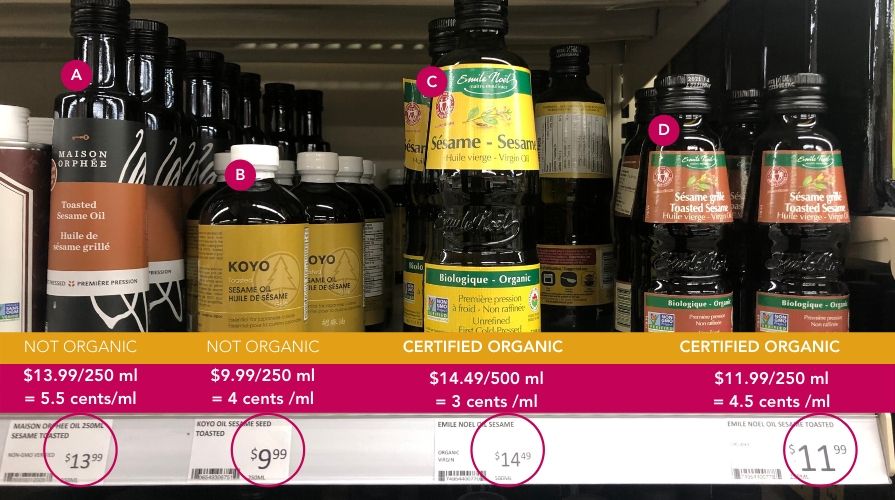
For my values of aiming to always choose organic and not fall prey to the packaging, option C is the clear winner. Based on packaging alone, this would have likely been my last choice.
What I also loved about this random test, random because I had no clue what the outcome would be when I snapped this photo while shopping last weekend, was that the package I considered to be the ugliest was also organic and the most economical choice.
Doesn’t that turn the packaging trickery, and our preconceived notions about organic food being more expensive, right upside down.
How did you do? (Post in comments!)
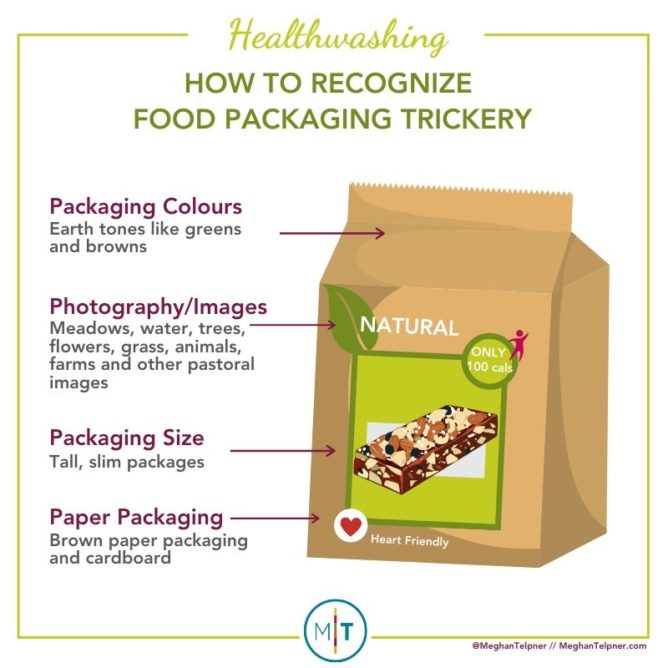
More Healthwashing and Label Sleuthing Advice
The Secret to Reading Nutrition Labels
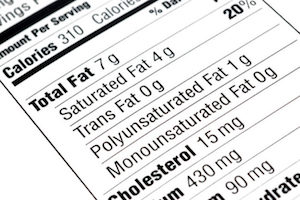
What to look for when reading nutrition labels.
Healthwashing: 8 Tricks to Know
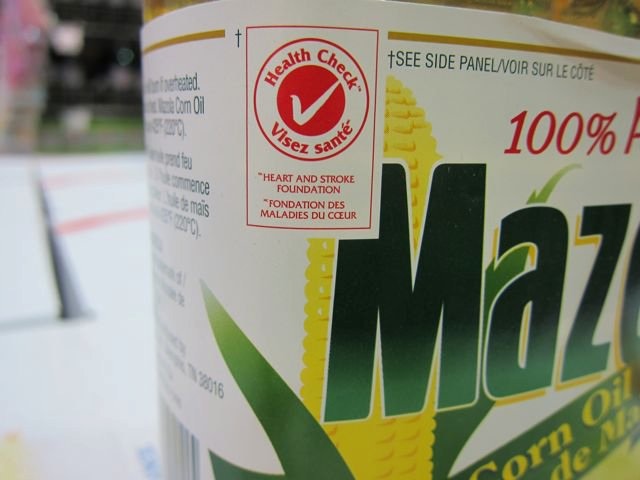
Learn the tricks I use to detect healthwashing.
How to Stop Being Fooled by the Label
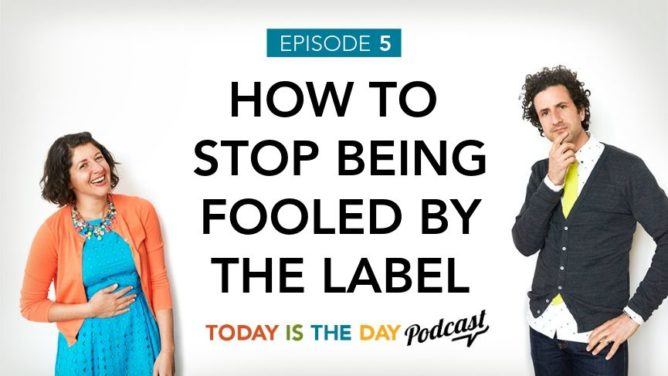
Our podcast episode decodes what all those nutrition labels and health claims really mean so that you will never again be fooled by the label.
What Is Natural Flavour?
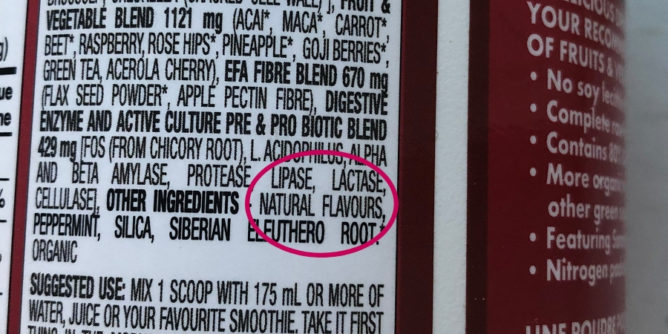
Get the lowdown on whether natural flavours are actually natural.
What Does Naturally Raised Mean? Deciphering Meat Labels
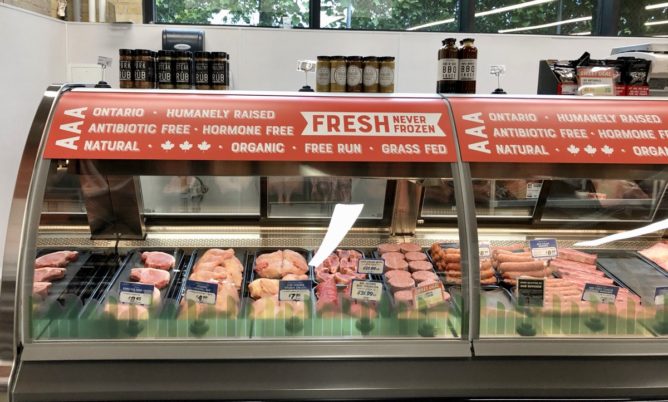
What meat labels mean and the questions to ask your meat producers.
Free Resource Library
Enjoy more than 40 downloadable guides, recipes, and resources.















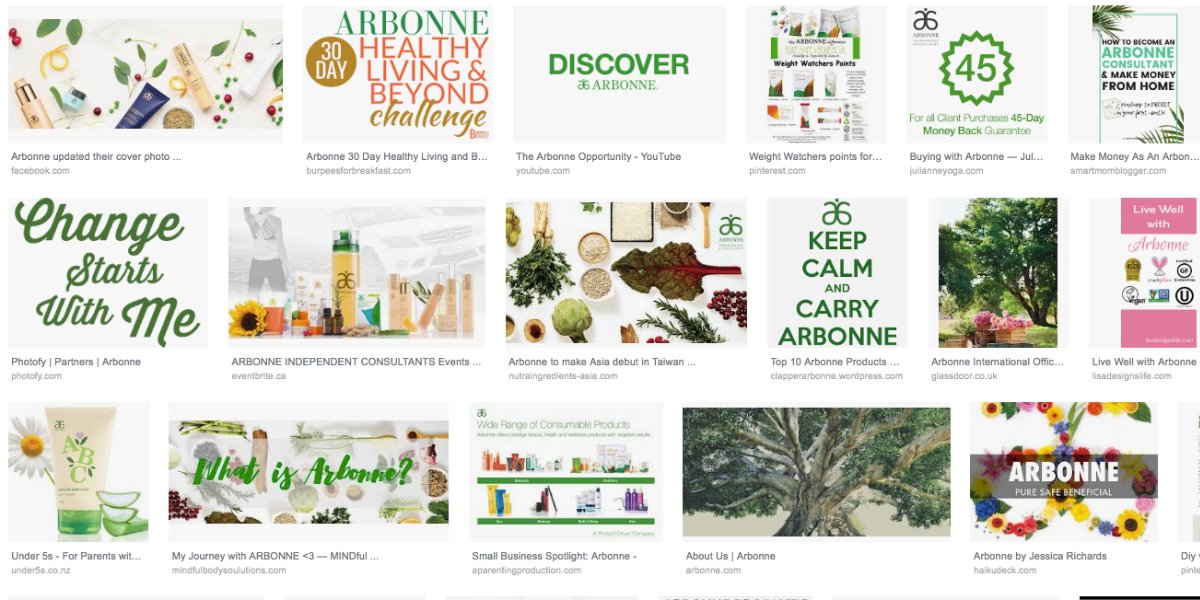
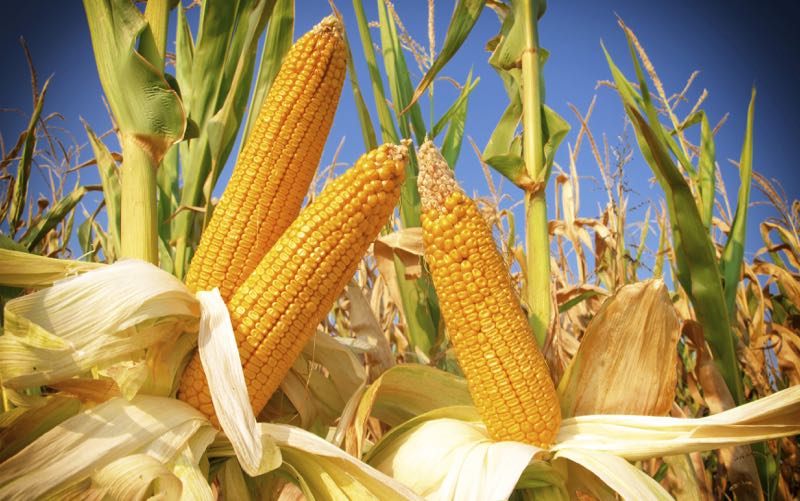
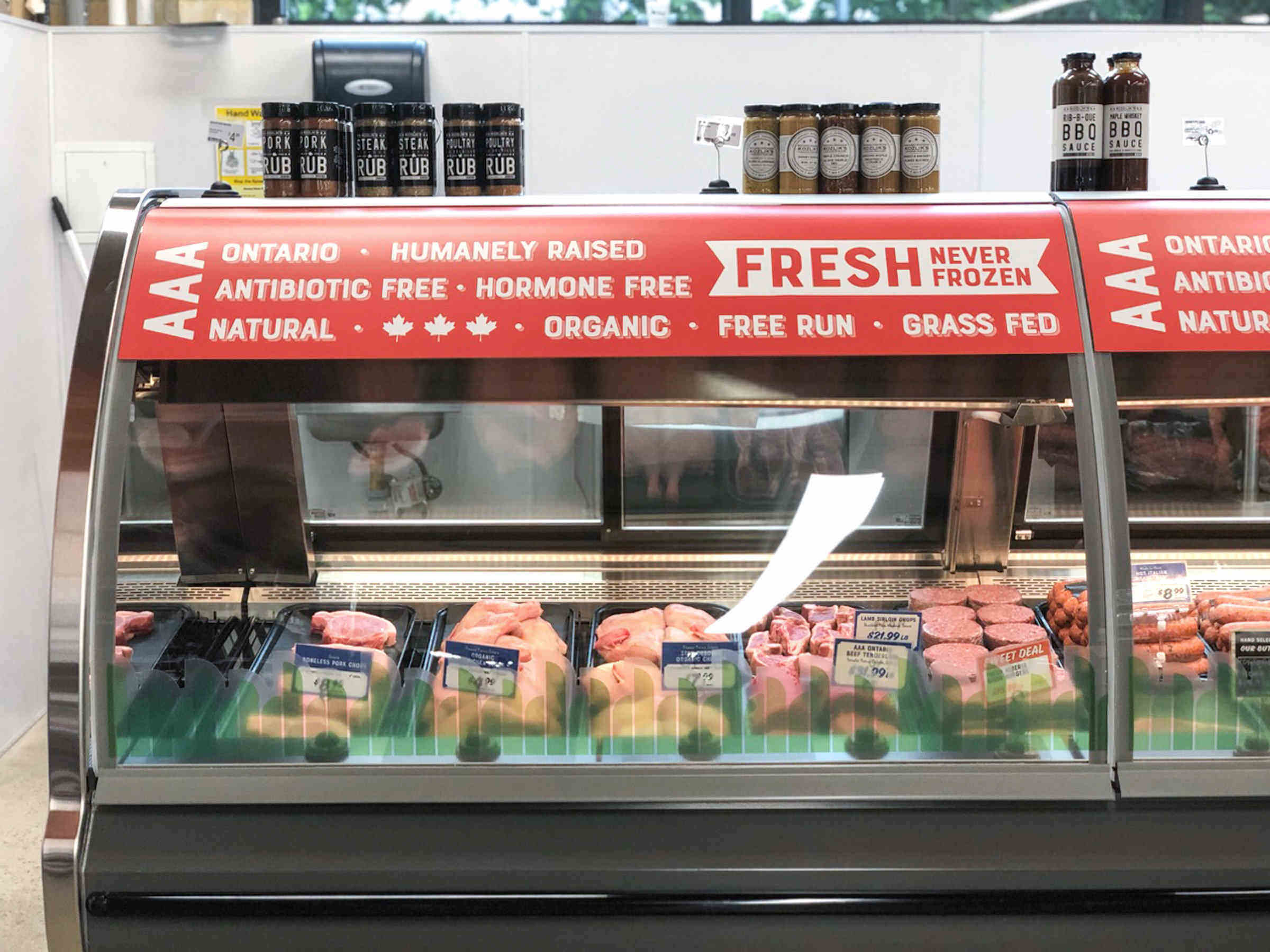
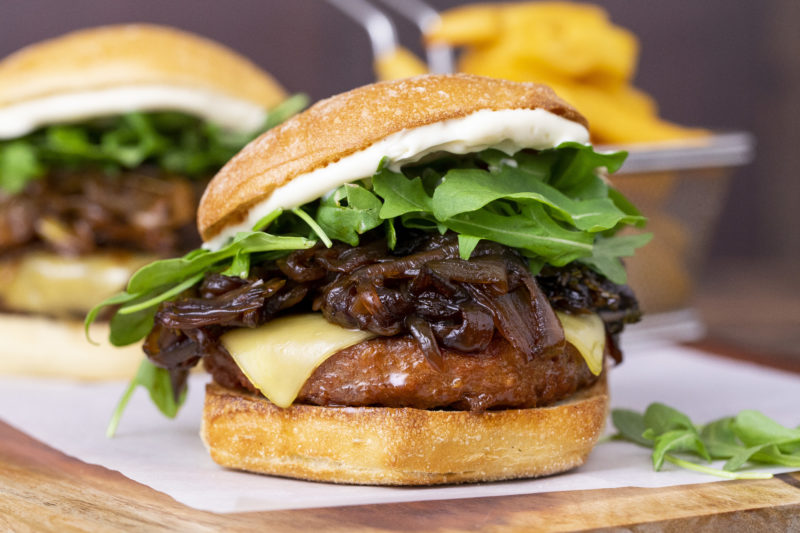

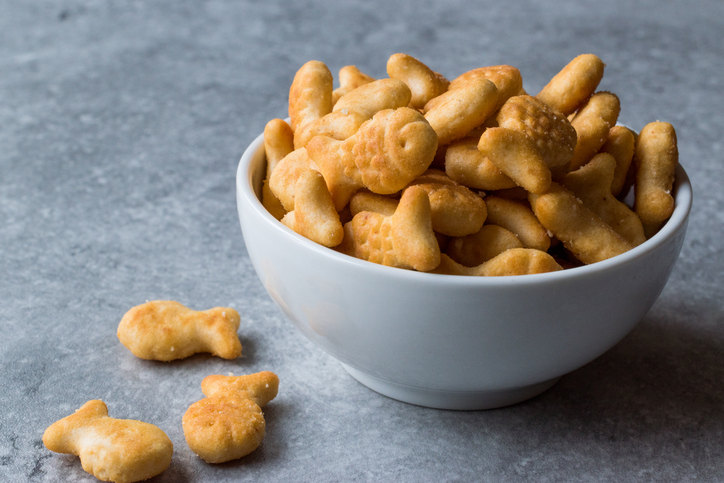
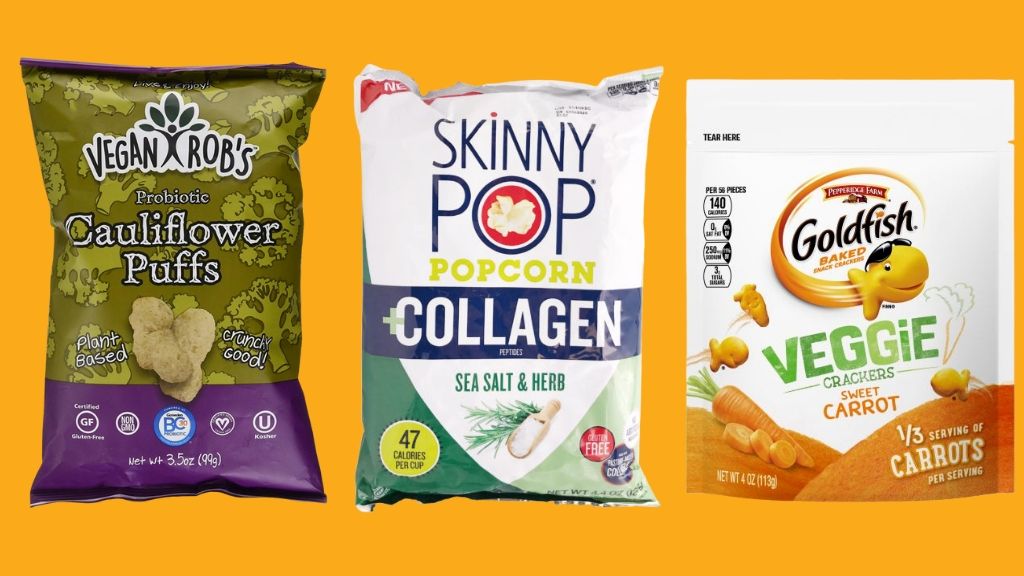
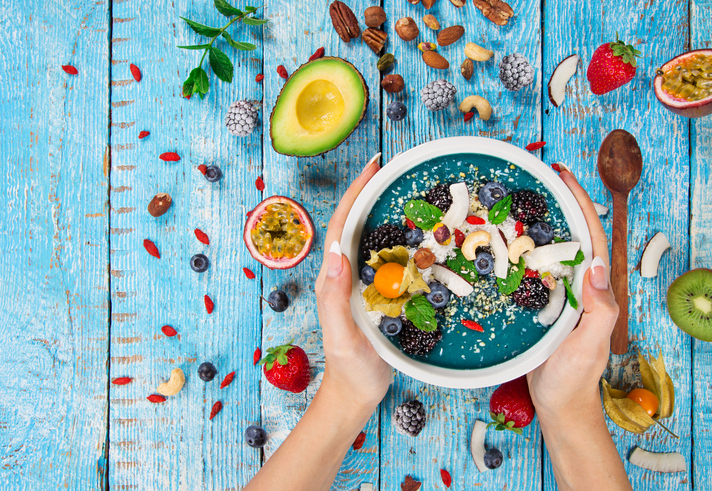
I found this so interesting! I picked the organic one (C) but if I was just going on packaging, I would have picked A, tall and slim!! It is a real challenge these days just to go to the grocery store.
What a great game, graphic and message!
I am teaching food advertising techniques to my students in Grade 5 and 6 and I’m going to start by sharing this blog, game and graphic with them! (I was fooled too by the bright yellow label!)
No. 3 would be my last choice based on the visual exam only. Picturing myself in front of the real shelf I would end up buying No. 3 though as it is clearly possess everything we are looking for – quality/ price ratio.
Your game was right on. I am a label reader so in person would have picked #3 but by packaging alone I would have chosen #1 as appearing to be of highest quality and would have assumed that #2 was the least expensive.
Wow, such great information here! Very interesting and I admit, I was fooled. Thank you so much for the great advise, as always.